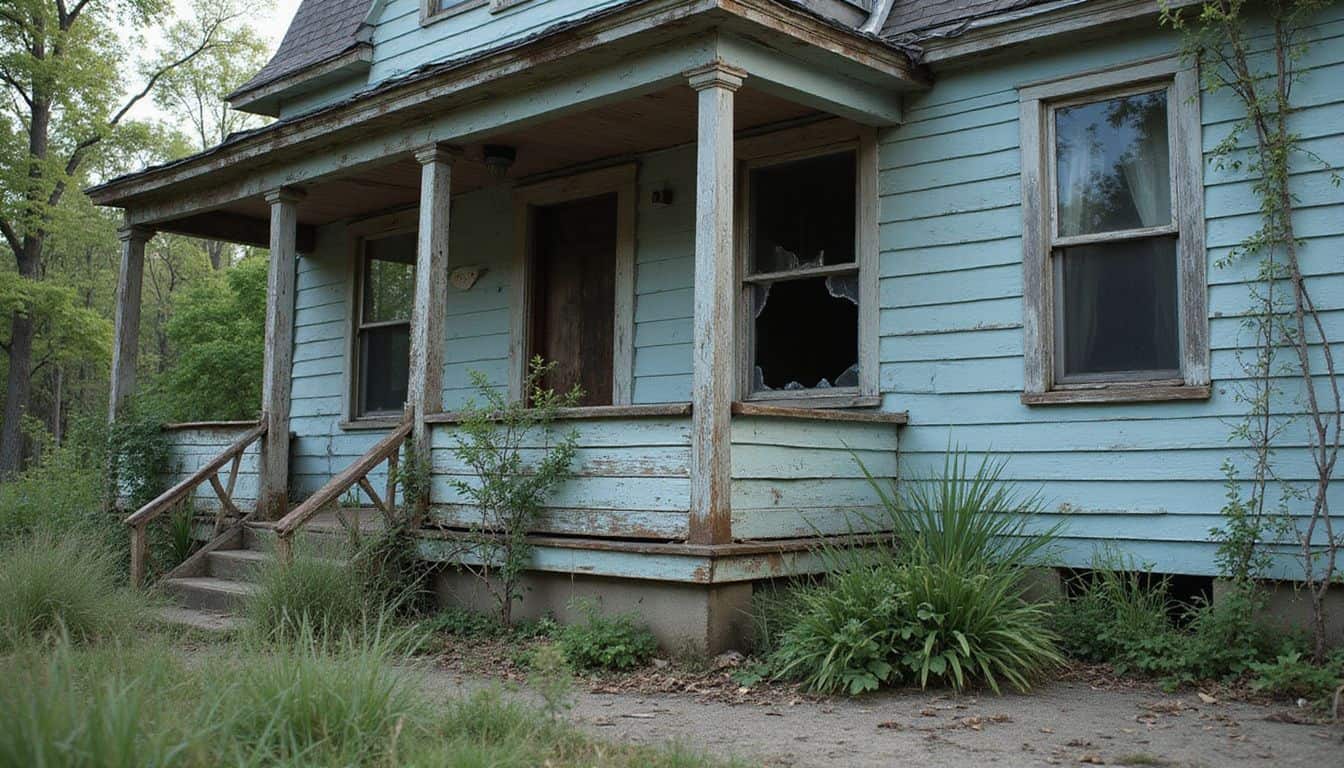Are you tired of dealing with repair issues but worried about the high cost? Programs such as the Section 504 Home Repair Program offer grants and low-interest loans to fund home renovations for low income families.
In this post, you’ll discover helpful tips, government programs like USDA Rural Development loans, and local nonprofit resources that make upgrading your home easier and affordable.
Keep reading to learn how simple steps can turn house problems into a safe and comfortable home.
Key Takeaways
Federal aid programs—like USDA’s Section 504—provide grants of up to $10,000 and low-interest (1%) loans of up to $40,000 for critical home repairs.
Volunteer teams, such as Rebuilding Together, repaired more than 7,483 houses in 2021, helping homeowners slash renovation expenses between 60% and 70% with free labor.
Fix small issues early and save big—spending $200 to repair a leaking pipe can spare you from spending $3,000 in water-damaged flooring later.
Switching to LED lights cuts your energy use by up to 90%, and installing Energy Star-rated windows trims down energy bills by around 13%.
With roof and window repairs covered by a USDA grant, the Martinez family lowered their energy costs by nearly half (45%) and noticed fewer asthma attacks for their daughter.
Table of Contents
Government Programs for Home Renovations

The federal government offers many programs to help low-income families fix their homes. You can find grants and loans through USDA home loan programs, with fixed interest rates and special options for very-low-income homeowners in counties like Escambia, DeSoto, and Glades.
Home Improvement Grants

Home improvement grants can make a huge difference for women working with tight budgets—especially when it means keeping their homes safe. These programs provide money, free of repayment, so families with limited incomes can afford essential repairs.
- Home Investment Partnerships Program provides funds for urgent home repairs, especially those affecting family safety.
- Section 504 Home Repair Program offers rural homeowners grants of up to $10,000 to repair serious health and safety hazards.
- USDA home loan grants assist very-low-income families with urgent repairs like damaged wiring or broken heating systems.
- Native American Housing Improvement Program delivers direct repair support for tribal families on reservations.
- Community Development Block Grant funds go through local governments to assist low-income homeowners nationwide.
- HAFHR grants give qualifying recipients up to $60,000 for needed repairs, becoming entirely free after three years.
- Women living in Jamaica Plain, Mattapan, and Roslindale can access city-specific grants through neighborhood housing offices.
- Most programs set income limits using HUD standards, giving priority to families with severe safety hazards at home.
- Grant money specifically covers repairs such as leaking roofs, broken heating units, or other issues threatening family health.
- Numerous programs prioritize homeowners living in Southern states or areas with high poverty and housing challenges.
- Your local RD office can help you prequalify for USDA grants by walking you through Form RD 3550-35.
- Some home repair packagers may help women fill out grant applications, easing stress for busy moms.
- Certain programs pair grants with low, fixed-interest loans to fund bigger projects while keeping monthly payments manageable.
- Home improvements boosting energy efficiency often qualify for special grants because they lower future energy bills.
- Residents of rural counties like Escambia, DeSoto, and Glades can access grants tailored to rural homeowners’ unique needs.
- Grant applications usually check your total debt ratio, ensuring you can comfortably maintain your home once repairs finish.
- IHDA programs specifically target improvements involving health, safety, and accessibility for households with kids or seniors.
- Some grant money can pay to make a home accessible for family members facing physical disabilities or mobility concerns.
- Condo owners sometimes qualify for urban-specific grants aimed at repairing multi-unit residences.
- Many women successfully cover bigger home projects by combining small grants from multiple available sources.
- Local housing programs frequently team up with suppliers of home improvement products, helping stretch each grant further.
- Grant programs usually ask applicants to prove ownership and residency of at least one to three years before applying.
- Last year my neighbor got a $7,500 grant through a utility company program to replace her unsafe electrical panel.
- Property tax aid programs can sometimes pair with home-repair grants, helping low-income families remain financially stable.
Low-Interest Loans

Low-interest loans can be a real help if you’re a woman homeowner needing essential repairs on a tight budget. The Single Family Housing Repair program from USDA could be a solid choice if you meet specific income limits.
- USDA provides fixed-rate loans at just 1% interest, granting up to $40,000 for necessary home repairs through the Single Family Housing Repair program.
- Loan terms can stretch as long as 20 years, making the monthly payments easier and affordable for low-income households.
- Women homeowners in rural communities can use these loans to fix safety issues, boost home accessibility, or update important systems such as plumbing.
- Prequalification looks closely at your income, credit background, and home’s location to confirm you meet the program’s criteria.
- The review also factors in your overall debt ratio—paying down existing debts first can improve your chances of approval.
- To qualify, your household needs to fall within the “very-low-income” category based on your specific county guidelines.
- A major document needed during the application is Form RD 3550-1, which gathers details about your employment history and assets.
- Families can combine these loans with grants, creating an assistance package reaching up to $50,000, helpful for larger home updates.
- Loans over $25,000 require full title service, an extra step protecting both lenders and borrowers during the lending process.
- The Housing Act of 1949 laid the groundwork for these programs, which have continually adapted to serve changing homeowner needs.
- Missouri women homeowners can access special state-level resources that work alongside these federal loan opportunities.
- Some of these loan choices even let you refinance your current mortgage, wrapping the repair costs into one new loan.
Nonprofit and Community-Based Assistance
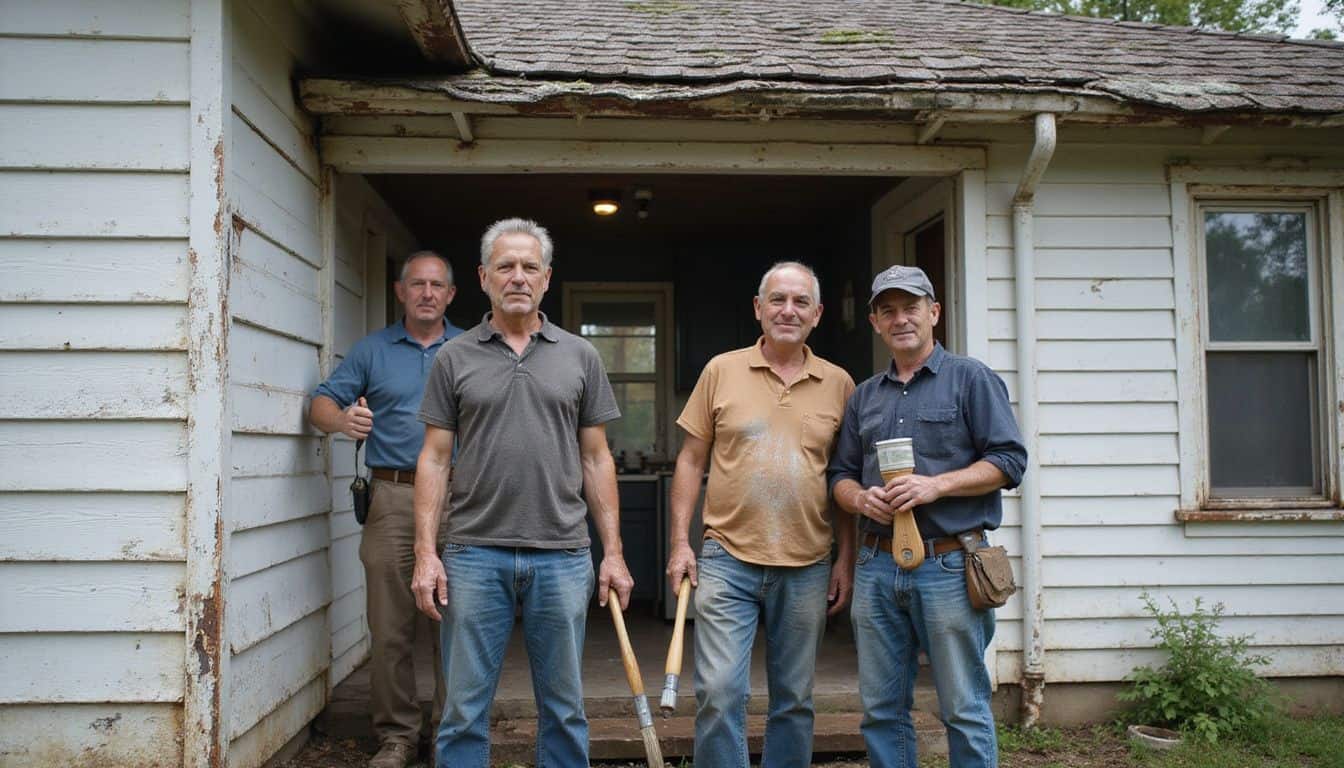
Local groups offer a helping hand to families who need home repairs but can’t afford them. Many cities have volunteer teams that fix roofs, paint walls, and update kitchens for those who qualify for assistance.
Volunteer Renovation Programs
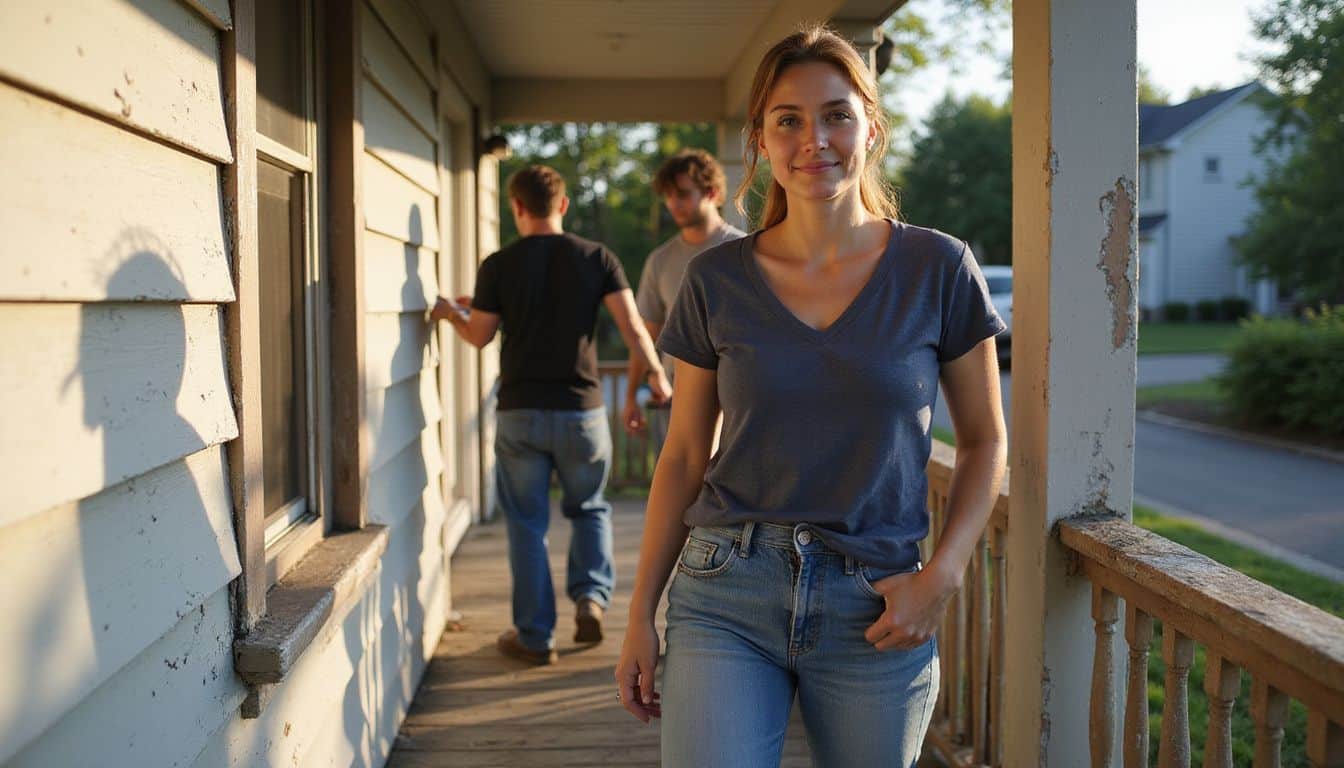 Volunteer renovation programs can really help women who need home repairs but don’t have big budgets. These community efforts bring together skilled workers and neighbors to fix and upgrade homes without huge expenses.
Volunteer renovation programs can really help women who need home repairs but don’t have big budgets. These community efforts bring together skilled workers and neighbors to fix and upgrade homes without huge expenses.
- Rebuilding Together runs the She Builds program, which repaired more than 7,483 homes in 2021 alone. The group combines hands-on teaching of basic repair skills with practical home improvement tasks.
- Hearts and Hammers has improved over 8,500 houses, mainly helping seniors and disabled homeowners. Their volunteers handle everything from fixing roofs and plumbing to adding accessible features, ensuring safer, better homes.
- Building Homes for Heroes gives military families free home repairs, partnering closely with contractors who volunteer their time and materials. Projects range from simple fixes to major renovation jobs, depending on each family’s needs.
- Team Rubicon volunteers provide emergency response and home repairs after storms, floods, and fires. Their skilled teams move fast, efficiently taking care of tough repairs to help communities quickly return to normal.
- Most volunteer renovation programs look at your total debt ratio and household income to make sure you meet their eligibility requirements. Each program has its own application process, usually asking for proof that you own your home and meet specific income guidelines.
- Many groups also help homeowners check USDA eligibility to find out if they qualify for extra government aid. USDA support could significantly increase the amount available to spend on a renovation project.
- Purple Heart Homes helps veterans nationwide by completing important home repairs, improving accessibility, comfort, and safety through local chapter volunteers.
- Using volunteer labor can lower renovation costs by around 60-70%, letting families complete projects that banks typically wouldn’t fund due to traditional lending limits. This means many families don’t have to rely on home equity loans to make needed repairs.
- Condominium communities sometimes work alongside these volunteer groups—like neighborhoods in West Roxbury—so entire communities can enjoy safer living conditions through volunteer renovation efforts.
- Single women and women-led households often get priority consideration from these renovation programs. The organizations understand the unique financial struggles many women homeowners face in taking care of their homes.
Local Housing Initiatives

Local housing programs give crucial help to women needing affordable home upgrades. These community-led options make homes safer, cozier, and easier to live in—all without spending too much.
- Community Land Trusts own the land, letting residents own their homes. This lowers costs for needed repairs and home upgrades.
- Neighborhood Stabilization Programs use federal dollars to renew local communities. They give grants for important home repairs in eligible neighborhoods.
- Housing Trust Funds in many cities offer money to low-income families for home repairs. Some even have special programs to help single moms.
- Local Credit Unions team up with housing groups, providing low-interest loans for home improvement projects—cheaper than typical banks.
- City-Sponsored Fix-It Programs handle safety repairs like patching roofs or fixing steps at little or no cost to homeowners, funded by city resources.
- Tool Libraries lend renovation tools, so you don’t have to buy costly equipment you use just once. This can save hundreds or more.
- Skill-Sharing Workshops at community centers teach basic repair skills—letting women handle renovation work themselves instead of hiring costly help.
- Bulk Purchase Programs bring neighbors together to buy building supplies. Group buys get big discounts on things like paint and flooring.
- Energy Efficiency Initiatives offer free home checkups and low-cost energy updates. These improvements reduce bills and enhance home comfort.
- Homebuyer Education Classes teach valuable home upkeep and cost-saving renovation tips to both new and current homeowners.
- Sweat Equity Programs cut costs by letting homeowners pitch in labor to their own or neighbors’ housing projects, in return for financial help.
- Material Reclamation Centers sell reclaimed building supplies for much less than store prices—making projects affordable and eco-friendly.
- Property Tax Deferment Programs let qualifying low-income homeowners delay property tax payments while finishing key home repairs.
- Local Artist Partnerships help beautify homes through volunteer art projects. Murals and decorative additions refresh spaces without heavy building work.
- Community Development Corporations (CDCs) give technical support and sometimes money for home repairs in specific target neighborhoods.
These community-driven solutions, along with nonprofit and volunteer initiatives, form a strong support network for families needing affordable home upgrades.
Tips for Affordable Home Renovations

Smart home fixes don’t need to break the bank for families on tight budgets. You can transform your living space with simple changes that cost less but add real value to your home.
Prioritizing Essential Repairs
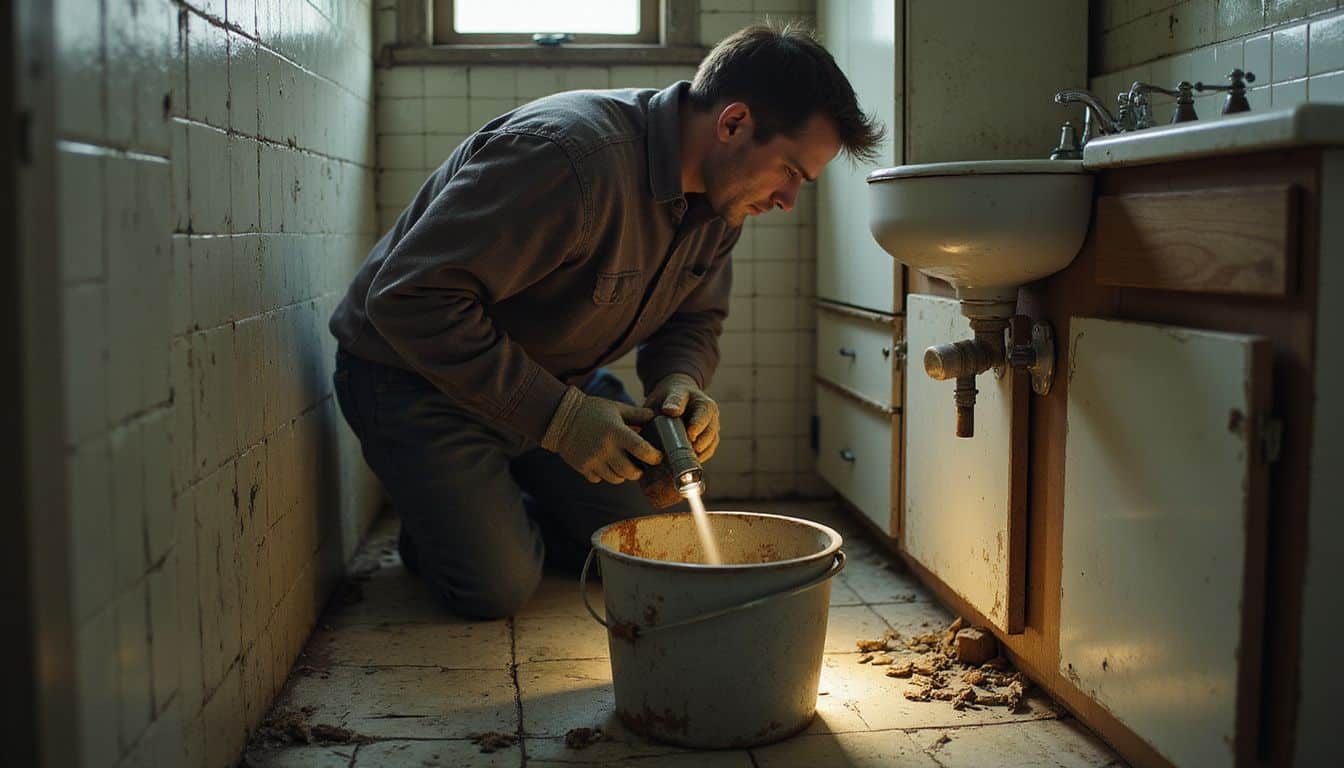
Tackling home repairs on a tight budget means setting clear priorities. Choose fixes that protect your family and home first.
- Take care of leaky pipes or water issues early, since leaving them alone can cause mold growth and costly damage. I once had to spend $3,000 repairing bathroom floor damage because a small leak wasn’t fixed early for around $200.
- Fix electrical problems immediately to avoid dangers like house fires. If lights flicker, outlets get hot, or breakers trip often, call a qualified electrician right away.
- Put roof repairs high on your fix-it list, since a bad roof lets water in to damage ceilings, walls, and floors. Set aside about 1-3% of your home’s value each year to pay for these important repairs.
- Have your heating and cooling systems checked once a year to keep them working well and avoid expensive repairs during harsh weather. The USDA has loan programs that help cover costs related to these crucial home systems.
- Quickly handle foundation issues, because cracks or shifting can mess up the entire structure of your house. Look carefully for sticking doors, uneven floors, or cracks on your walls, since these signs usually point to foundation problems.
- Replace broken windows and doors for better security and lower utility bills. Installing energy-efficient options can even qualify you for home improvement grants offering higher grant limits.
- Quickly address loose or shaky stairs and rails to prevent harmful falls. Making this easy fix can help you avoid large medical costs.
- Make yourself a seasonal home maintenance list so you can spot small issues early. Cleaning gutters in the fall is perfect, while spring is best for inspecting outside drainage.
- Think about getting a home warranty program, which can help pay for costly system repairs if you meet certain income and financial asset qualifications.
- Learn simple home repair skills from free local community workshops. You could even make a secret room as you become more confident fixing walls!
Using Energy-Efficient Materials
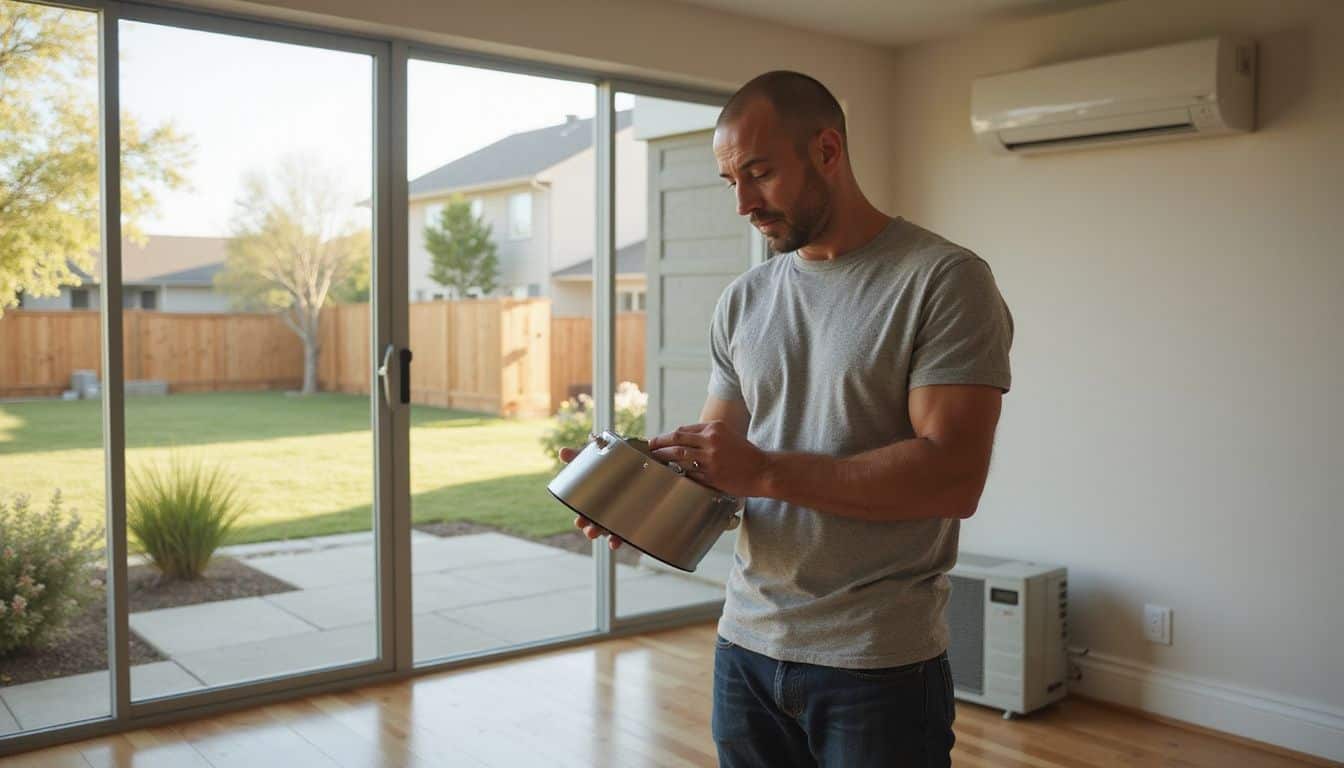
After you handle key repairs, choosing smart materials can help lower your bills. Sure, energy-efficient materials cost a bit more initially—but they pay off big in the long run.
Last year, I swapped out my old windows for Energy Star-certified models, and my energy costs dropped by 13%. You could see similar savings by boosting your home’s insulation and sealing any air leaks.
Swapping old bulbs for LED lights is an easy way to save even more, especially if your budget’s tight and you’re exploring affordable credit choices. LED bulbs use around 90% less power than traditional incandescent bulbs—that adds up fast.
Low-flow water fixtures also deliver big savings, since heating water accounts for about 18% of a home’s energy bill. If your heating system needs replacement soon, think about installing a heat pump HVAC unit.
These heat pumps trim your heating electricity use by up to 75%, and can help you qualify for homebuyer assistance programs, grants, and loans offering manageable maximum amounts.
Success Stories of Renovated Low-Income Homes
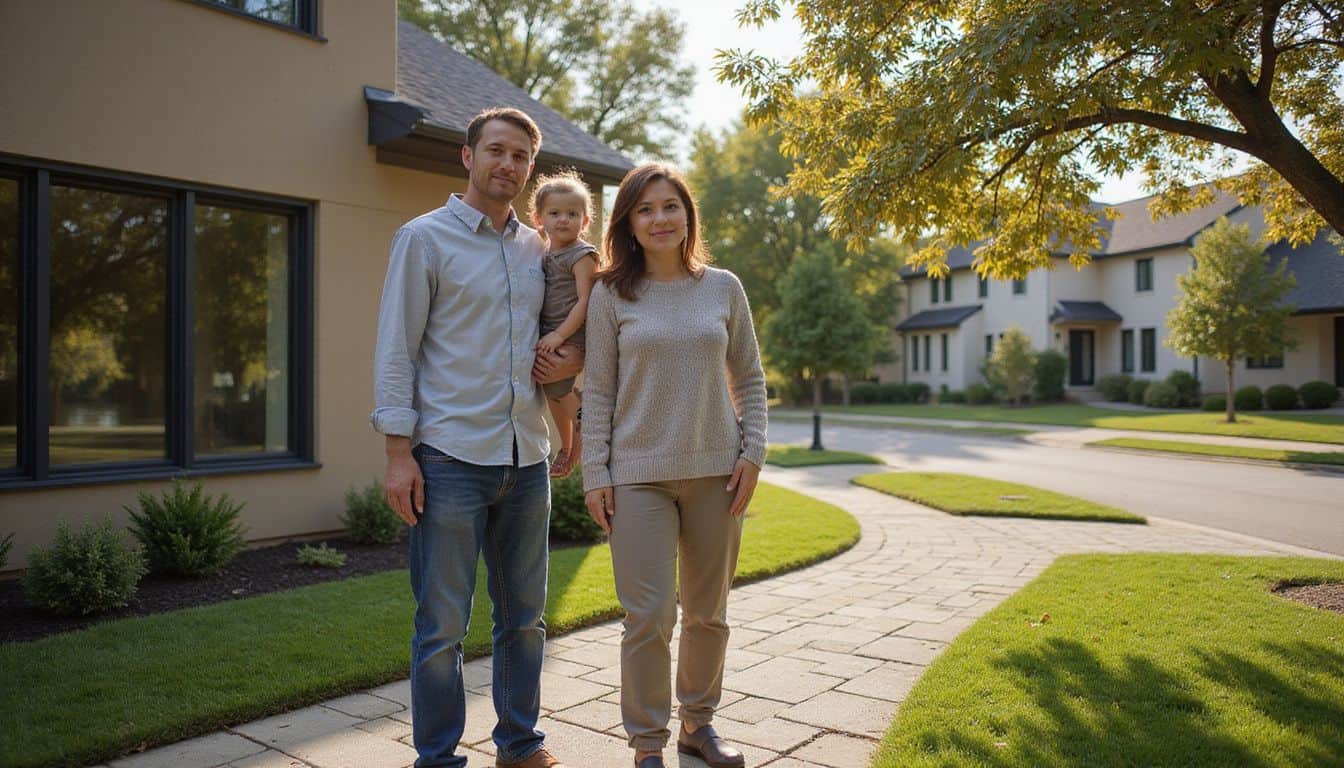
Real families often enjoy significant improvements after renovating their homes—it can truly change lives. In Ohio, the Martinez family received a USDA home improvement grant to repair their leaky roof and replace aging windows.
Within just one year, their energy bills dropped by a full 45%! Mrs. Martinez shared how her daughter experienced fewer asthma attacks, all thanks to renovations that eliminated mold and improved indoor air.
Now their home stays clean, dry, and pest-free.
Our home isn’t just prettier now—it’s healthier. My children can breathe better, and I spend less time cleaning and worrying about bills. – Sarah Martinez, homeowner
The Jackson family in Atlanta made their home safer for their elderly mother with a home equity conversion mortgage. They installed grab bars and a walk-in shower using a local housing improvement program.
After the renovation, radon testing showed levels below 2 picocuries per liter—well within safe limits. Smart loan origination practices helped the Jacksons keep their total debt ratio reasonable.
Their successful example shows clearly how thoughtful home improvements deliver meaningful health benefits and a much stronger financial situation for low-income homeowners.
How Will Home Renovation Assistance Evolve in 2025?
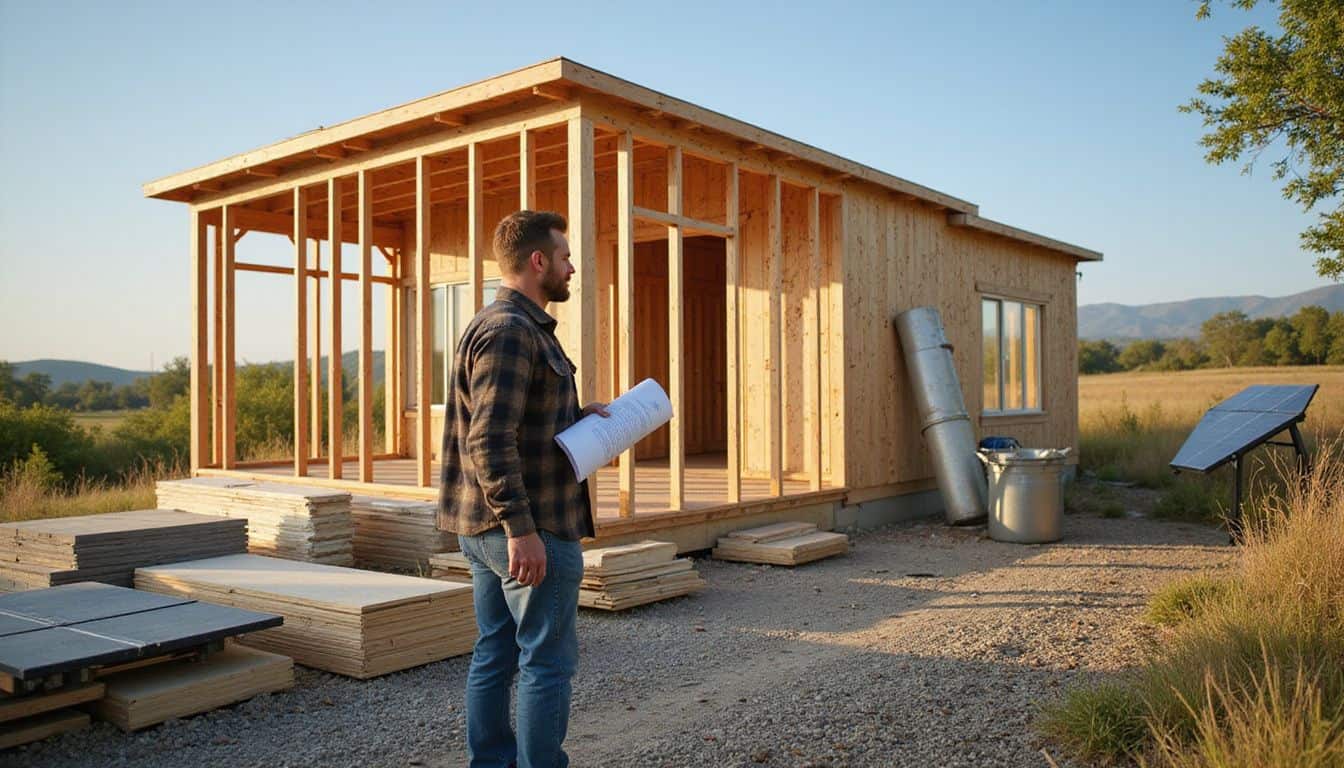
Home renovation assistance will become easier and stronger by 2025, thanks to improved teamwork. Federal, state, and local government groups are set to simplify rules that often slow down family aid.
The USDA eligibility website will soon offer easier pre-approval steps for rural homeowners, saving time and hassle. Grant amounts and lifetime grant limits may also rise, matching higher costs.
Modular construction methods will make repairs more affordable and quicker for low-income households.
Federal programs are likely to revise trade policies to reduce material prices by backing American manufacturers. That means more budget-friendly options for vital home repairs. There will be extra funds aimed at senior housing projects and energy-efficient upgrades.
Home Equity Conversion Mortgages (HECM) and reverse mortgage offerings may expand as well, helping older women remain safely in their homes while addressing urgent fixes. New operating subsidies will support eco-friendly upgrades that shrink utility bills, making home improvements and upkeep easier to manage.
People Also Ask
What is the highest loan amount I can obtain through USDA programs for home renovations?
The loan amount you can get depends on your financial circumstances and where you live. Generally, USDA home improvement loans for low-income households max out around $40,000—but this limit might adjust in 2025. Your total debt ratio also plays a role in determining your eligibility and loan limit.
What happens during the prequalification for renovation assistance?
Prequalification starts by checking whether you’re eligible on the USDA website. You’ll need documents proving your employment status, income, and assets. The process usually lasts around two to three weeks, giving you an idea if your income fits within the program guidelines.
Can condominium owners apply for these renovation loans?
Yes, owners of condominiums can definitely apply. Slightly different rules apply for condos, but many low-income condo owners do receive renovation aid through these USDA programs. Check your eligibility details directly on the USDA website, just to make sure you match the criteria.
Can I use a reverse mortgage to fund home renovations?
A reverse mortgage may be a good choice if you’re over 62 and have significant equity in your home. This option often provides higher funds compared to normal renovation loans. Still, you’ll need to consider long-term housing plans carefully, since it decreases how much you can leave behind for your family.
References
https://www.bankrate.com/mortgages/home-improvement-grants/ (2025-02-11)
https://housing.virginiabeach.gov/home-rehabilitation/owner-occupied-home-rehabilitation
https://impactful.ninja/best-charities-for-home-repairs/
https://www.jchs.harvard.edu/blog/movement-improving-and-expanding-home-repair-programs-enters-new-era (2024-08-27)
https://www.tandfonline.com/doi/full/10.1080/14649357.2022.2057784
https://www.quickfixjoe.com/post/affordable-home-repairs-for-every-budget-in-2025 (2025-02-27)
https://www.cleanenergyconnection.org/article/57-ways-improve-your-homes-energy-efficiency-2025 (2025-03-26)
https://www.sciencedirect.com/science/article/pii/S2214157X22001204
https://pmc.ncbi.nlm.nih.gov/articles/PMC3072905/
https://penniur.upenn.edu/publications/expert-voices-2025-access-to-sustainable-and-affordable-housing (2025-01-28)
